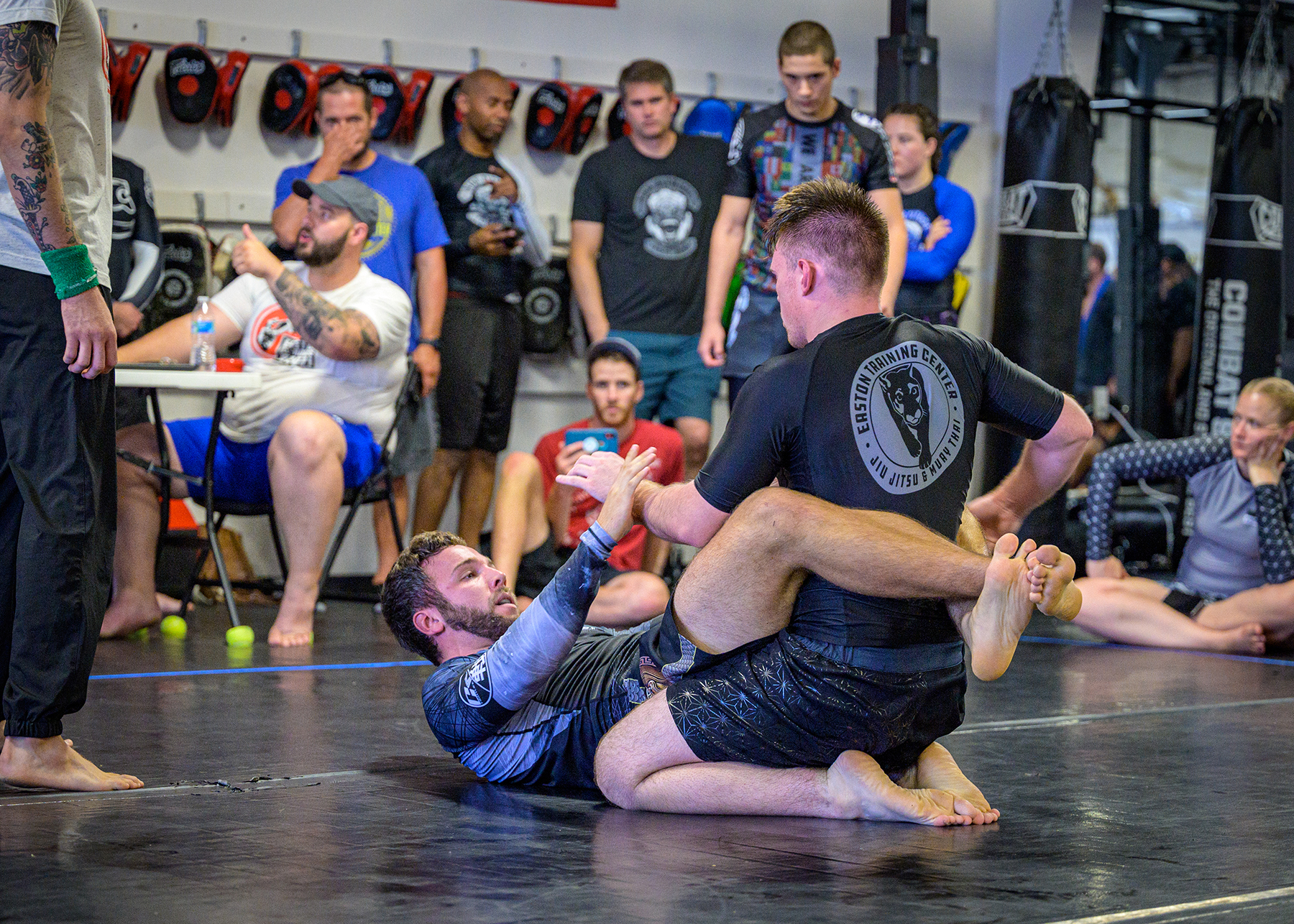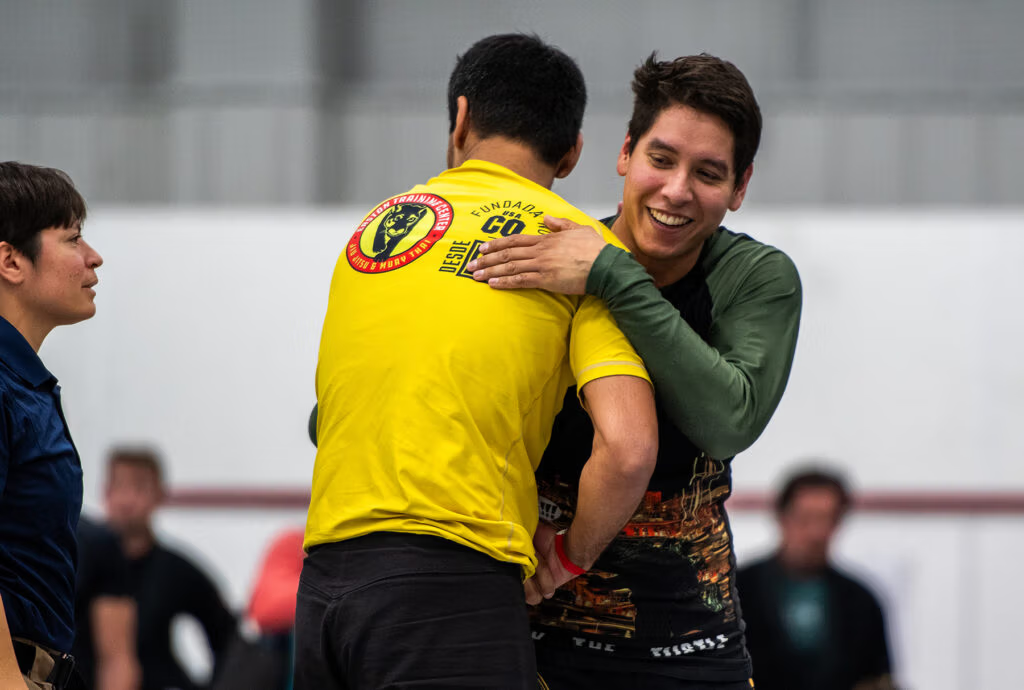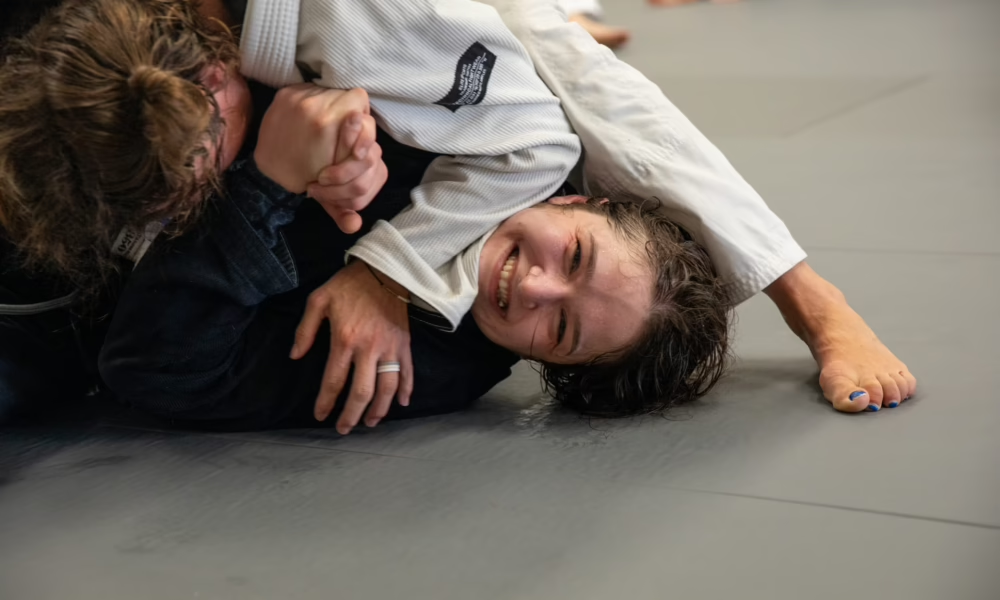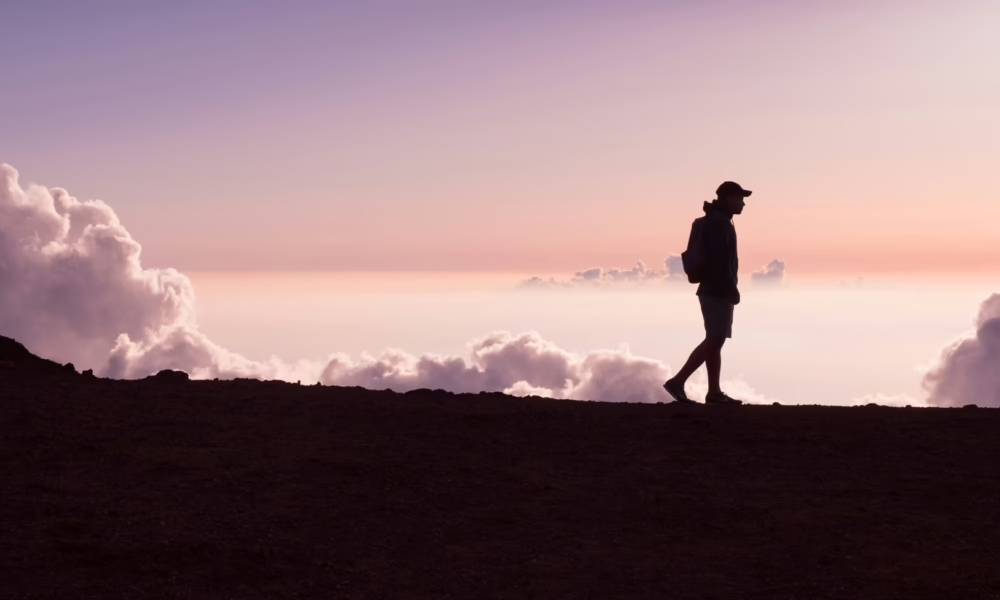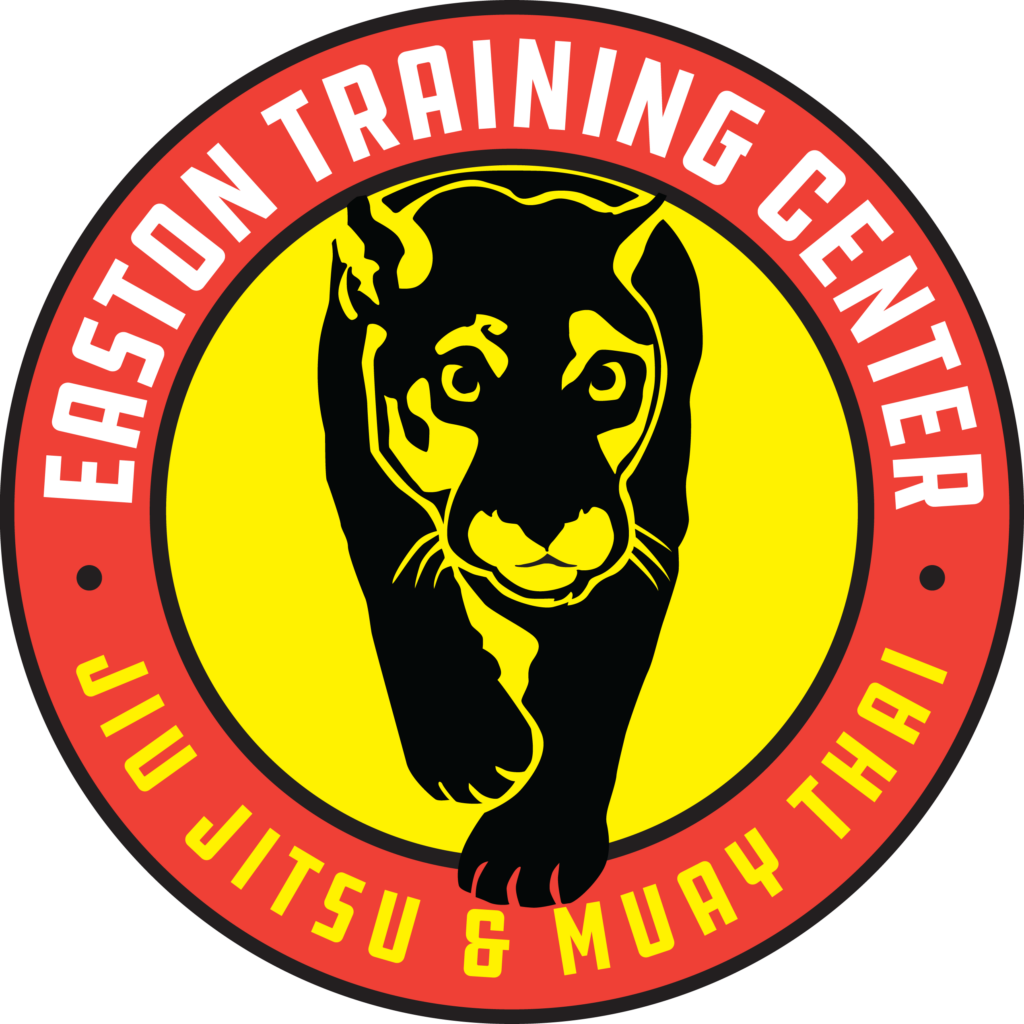We all crave acceptance, understanding. We want space to exist, for our experience to feel valid – even if we don’t have the words for it. Just as Maslow’s hierarchy of needs, widely used in health and social work as a framework for assessing clients’ needs, explains how and why we may fixate on a particular set of needs, we find we’re drawn to others who need the same.
Maslow’s hierarchy of needs, a theory in psychology which comprises a five-tier model of human needs, is often depicted as hierarchical levels within a pyramid. At the bottom of the pyramid are: physiological (food and clothing), safety (job security), love and belonging needs (friendship), with esteem, and self-actualization toward the top.
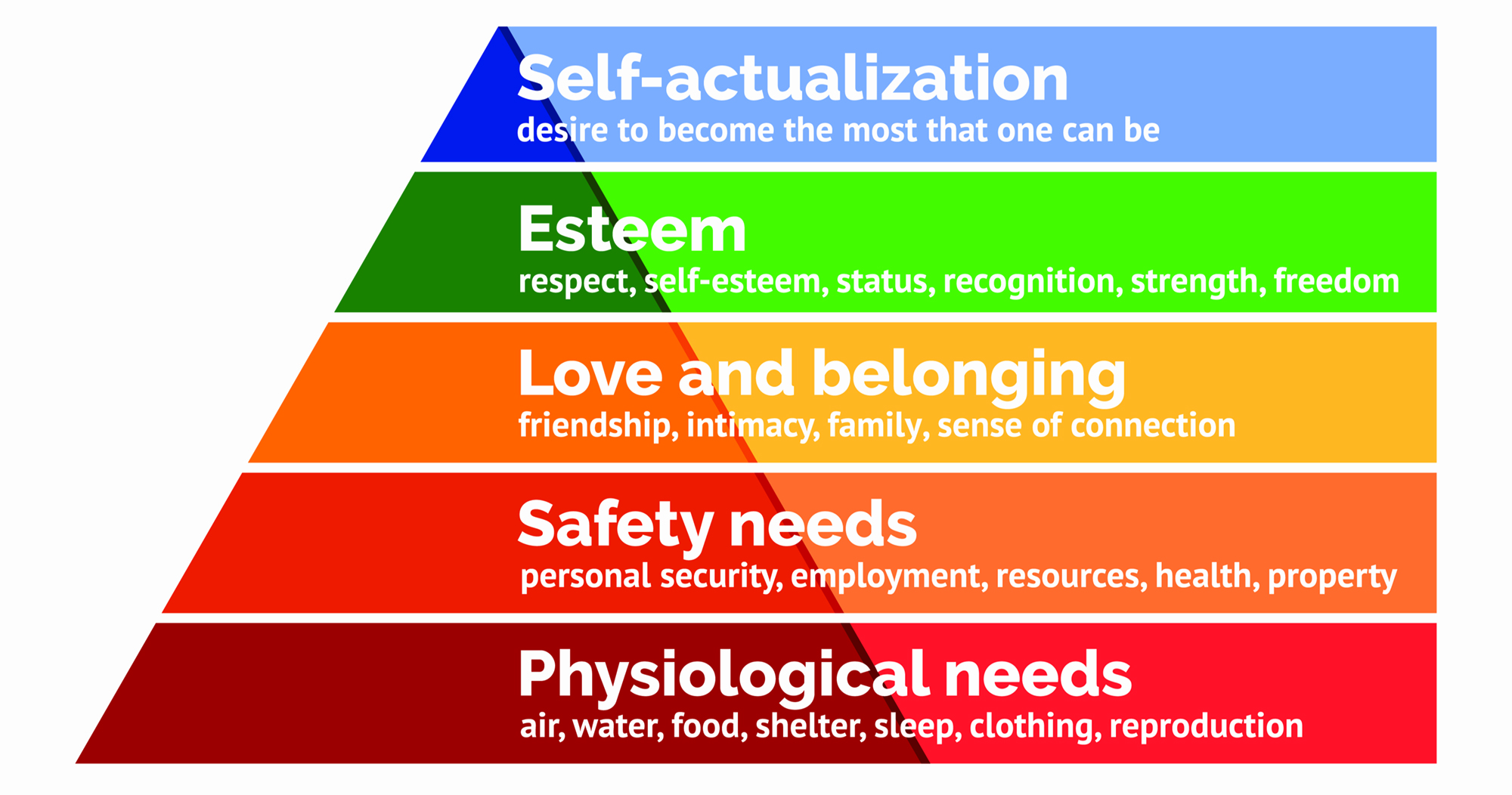
This means that once the most basic physical and psychological needs are met, the most important need for human beings is connection, acceptance and community.
Often, these moments of connection happen the fastest through shared group experiences, whether trouble or triumph. This holds true in all walks of life – from the home to the office, and especially out in the field or on the mats. When we push through the struggle together, we come out with a sense of even more amplified group triumph.
Mental and physical struggles can set us back emotionally, making us feel like we’re the only one experiencing them.
Life on the mats
When we join a martial arts gym, we automatically subject ourselves to public struggle. Some find this incredibly intimidating – some people don’t even like to work out in the presence of others, actively avoiding fitness gyms and opting for at-home workouts.
If we start from scratch – let’s say, coming from zero prior athletic experience – the hurdle can feel huge. Not only do we find ourselves amid a completely different environment than any we’ve encountered before, but we’re pushing our bodies physically in ways we’ve never done.
However, with every win we unlock daily at the end of our training session, as well as those at the start of the next day’s rounds when we find we know a little bit more than we did before, grows our confidence. When we realize that every single person on the mats has their own struggles and their own insecurities they’re combating, we feel more and more understood.
Maybe that’s why eventually, we begin to trust our coaches and training partners more than even some other people in our life. Even if we only see them at the gym, have no idea what they like to eat or where they grew up, we relate because we see ourselves in them.
We cannot train martial arts alone – we need each other to improve. We need partners to simulate opponents and to learn how to properly execute technique. And, to work together, we need to trust each other. This trust doesn’t happen overnight, but it does happen in time. Before we know it, we’ve got a whole room full of people in whose hands we routinely place our physical safety.
How it starts
During our younger years, we’re lumped together by age. Under the slightly artificial and constructed roof of academia, we form allegiance with peers who share the same daily struggles, insecurities, demands, and successes.
Even at the beach with our family, we quickly notice those around us who appear the same age and if we’re bold enough, we might go make friends. Likewise, shared bond pertains to siblings because of homelife experience, or a neighborhood, rather than age.

As we get older, we continue to relate to those around us, making connections with our teammates, band members and classmates. We get yelled at by the same coaches and have the same blisters on our palms from mid-August pushups on the boiling pavement of a parking lot.
Sometimes we grow apart because we no longer share similar experiences or beliefs, finding new friends who more closely share our values. We may even notice that the more extreme our shared experiences, the closer we become.
As adults, things don’t change much. If we’re lucky, we just have more agency in choosing our struggles.
We’re not here to talk about the depth of involuntary struggle and the intense psychological connections formed in extreme situations such as war or dictatorship or incarceration. These loaded topics absolutely fall into this category, but to even speak on these topics would be an injustice in itself if we’ve never shared those experiences.
We will, however, address the struggles that we voluntarily place ourselves in.
Seeking to expand our strength and mental fortitude, we may join clubs or groups that put us to the test. We step out of our comfort zone and try new things – we challenge ourselves with new sports, higher education or advanced jobs.
We push ourselves and put ourselves through the ringer to see if we can come out the other side, and how strong we can get. Some of us prefer to embark on this journey alone, an individual fight we face every morning at the gym, with only your face staring back in the mirror.
Others of us chose to face ourselves in the presence of others.
Shared rigor yields results
Similarly, while conceptually the art of Jiu Jitsu might make sense, understanding and implementing it with your entire body requires a connection of mind and form that can only come with time. Even if we learn the moves in class, they often completely slip out of mind when training live. It takes weeks and months of repetition to begin honing these skills to where our movement responses become second nature.
Even if we don’t intend to make friends, even if we’re only there to learn something and get out, that daily act of physical surrender and trust inherently begins to form something larger: community.
We see each other sweat, struggle, gasp for air, fumble through awkward movements, and make mistakes. We watch each other grow, master techniques and have “Ah-ha” moments as things click into place. Something about people seeing us at our most vulnerable, messy and disheveled gives us an element of freedom.
There’s no pretense – the mats don’t allow for it; we can’t fake it. We come as we are, and in this honest, naked way, we surrender to deepest insecurities where everyone around can see.
That feeling leads to our greatest acceptance: that the real ones take us as we are, share in our experiences, and want to help us grow. Before we know it, we’ve accidentally found ourselves entrenched in a community.
